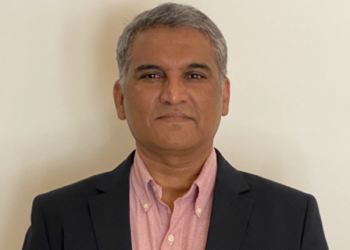Did the pandemic bring you face-to-face with many new realities? Did you face the cost and budget cuts? Did your clients reassess their partner agency requirements?
If you, like me, answered yes to all these questions, you know that the PR industry also faced the brunt of this worldwide disaster.
Moreover, reliance on technology and advanced digital capabilities has driven a new generation of servicing. In the wake of serving clients to the best of their abilities, agencies have had to cross-pollinate and outsource.
The pandemic took this shift into fifth gear. As brands reevaluate agency requirements, there are fascinating new pressures on agencies in terms of developing new capabilities and expanding their scope. Agencies are adapting and restructuring models to accommodate these changes.
The changes in budgets have pushed agencies to elevate their capabilities by combining media, creative and digital in one. Clients save costs by hiring one agency, expecting all services under the same roof. The last few years had already seen numerous such consolidation and cross-agency collaborations to meet these mandates.
For instance, many clients put out RFPs for agencies expecting more than one competency – say PR and digital, or digital and creative. It emphasizes a clear need for business to be managed by just one or two companies and have a more cohesive brand identity.
Another common example is a large agency hub owning several holding companies with distinct brand portfolios as centers of excellence and specialized functions.
An agency excelling in PR and digital media may need a new creative shop to support clients who ask for video content support!
The answer to this lies in the 2C’s of transformation – collaboration and consolidation.
The idea is to have Solution Hubs – which showcase adaptability and dynamism, and evolve with the client needs.
This trend has already kicked off globally and in India, has witnessed a slew of such developments in the last five years. Several large international agencies have acquired smaller agencies to gather steam and cater to new markets, or they often collaborate with niche agencies for specialized services.
Of course, there is no one solution to build a holistic agency hub, but the need for collaboration and consolidation will define the future of PR.
Accordingly, the nature of the business will also see a shift.
The consolidation trend will enable agencies to have better cost rationalization, access to newer markets and hubs. On the other hand, collaborative models will help explore an open architecture for newer competencies. Such partnerships, between national and regional firms, larger agency networks with roster agencies, mergers, and acquisitions will gradually change how PR works.
It is safe to say that the traditional agency model is no longer effective and relevant. Given the increased levels of complexities stemming from digital media, modern technologies, and business dynamism – the older delivery models will just not do.
In an environment where business continuity is crucial and budgets demand justification, new models will be necessary for agencies to stay relevant and stay ahead in the game.
The future demands flexibility and agility, as scope of work, expand, and competition intensifies. Remember, disruption is an opportunity for the future!
Authored Article by Shiv Shankar Devaraaj, Founder & Chief Executive, K2 Communications Pvt Ltd
















